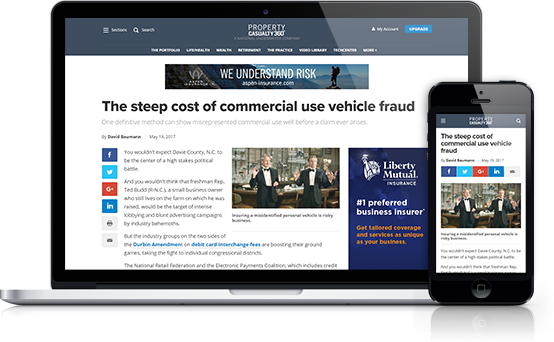Thanks to millions of jobs lost and thousands of facilities shut down due to the recession, empty or partially vacant buildings are becoming increasingly common in both urban and suburban communities, with office vacancy rates in most cities exceeding 10 percent–projected to rise to 16.7 percent in 2009.
Compared to the multitude of risks that come along with managing a fully functioning commercial building, the logical thinking is that a vacant property would present substantially fewer hazards.
After all, in an unoccupied shopping center or office building with no traffic from employees, customers or other daily occupants, there is no one to slip on a wet floor and sue the building owner, or leave the office coffeemaker on over the weekend and start an electrical fire.
Recommended For You
Want to continue reading?
Become a Free PropertyCasualty360 Digital Reader
Your access to unlimited PropertyCasualty360 content isn’t changing.
Once you are an ALM digital member, you’ll receive:
- Breaking insurance news and analysis, on-site and via our newsletters and custom alerts
- Weekly Insurance Speak podcast featuring exclusive interviews with industry leaders
- Educational webcasts, white papers, and ebooks from industry thought leaders
- Critical converage of the employee benefits and financial advisory markets on our other ALM sites, BenefitsPRO and ThinkAdvisor
Already have an account? Sign In Now
© Touchpoint Markets, All Rights Reserved. Request academic re-use from www.copyright.com. All other uses, submit a request to [email protected]. For more inforrmation visit Asset & Logo Licensing.







